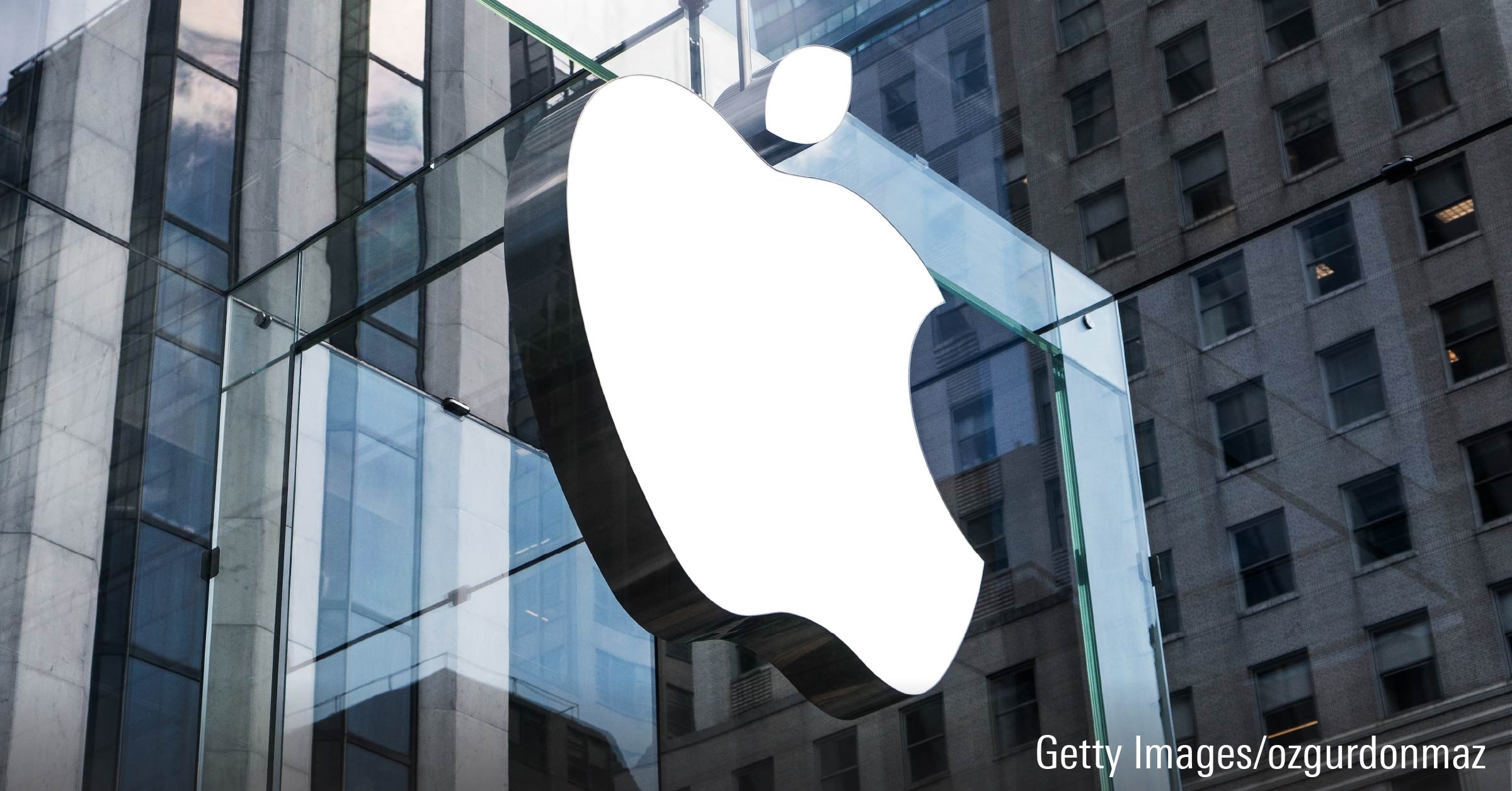Our global team of ETF and passive fund analysts published “A Global Guide to Strategic-Beta Exchange-Traded Products,” its second annual global landscape report about trends in strategic-beta exchange-traded products (ETPs). The full report can be downloaded here.
Executive Summary
- Last year, we introduced our naming convention and taxonomy for the fast-growing universe of strategic-beta exchange-traded products, or ETPs. In this year’s guide, we provide an update on the state of the global strategic-beta ETP landscape.
- One year on, the space has continued to grow faster than the broader ETP market as well as the asset-management industry as a whole.
- Growth has been driven by new cash flows, new launches, and the entrance of new players— some of which are traditional, dyed-in-the-wool active managers.
- We expect these trends will continue and may ultimately accelerate as newer ETPs tracking new and unproven benchmarks season and more new entrants make their way into the market.
- As of June 30, 2015, there were 844 strategic-beta ETPs, with collective assets under management of approximately US$497 billion worldwide.
- Dividend-screened/weighted ETPs continue to be the most popular grouping of strategic-beta ETPs in all but one region we examined. This should come as little surprise when considered in the context of the prevailing interest-rate environment.
- A commonality among the markets we examined is the increasing complexity of the benchmarks underlying new ETPs.
- As these strategies become increasingly nuanced, looking to infuse elements of an active manager’s thinking into an index, investors’ collective due-diligence burden will continue to increase commensurately.
- An increasingly crowded and competitive landscape will also put pressure on fees.
- We have already seen instances of aggressive fee reductions for strategic-beta ETPs. We anticipate that cost-competition in this space will become more prominent in the years to come.
Strategic Beta in Asia-Pacific
Strategic-beta ETPs in the Asia-Pacific region experienced significant growth in the 12-month period ended in June 2015. Collective assets under management grew 103% climbing to US$6.9 billion from US$3.4 billion. However, this growth was not widespread. Strategic-beta ETPs in Japan2 grew the most at 318%, followed by South Korea at 53%. The growth in Japan was driven by the two government-related initiatives pertaining to the JPX-Nikkei Index 400. We have assigned products tracking this index with the “Quality” secondary strategic-beta attribute. This was set in motion by the Government Pension Investment Fund’s change in its passive investment structure in April 2014. The change precipitated the introduction of the JPX-Nikkei Index 400 and the Bank of Japan’s decision in October 2014 to include the ETFs tracking the JPX-Nikkei Index 400 to be eligible for purchase under its quantitative and qualitative monetary easing. This development has vaulted Japan to the position of the largest strategic-beta market by far in the Asia-Pacific region. Assets under management in Japan-domiciled strategic-beta ETPs as of June 2015 amounted to US$4.3 billion. Japan surpassed Australia, which was at the top of the league as of June 2014 and had US$1.3 billion invested in strategic-beta ETPs as of June 2015.
.png)
While Japan now stands out in terms of assets, Australia remains the most mature strategic-beta ETP market within the Asia-Pacific region, with collective strategic-beta ETP assets under management representing 8.2% of local ETP assets (compared with 9.9% as of June 2014). This figure remained below that of the U.S. (21.2%) and Canada (11.7%) and slightly above that of Europe (6.3%). The figure for the other markets in the Asia-Pacific region remained near the low levels we saw 12 months ago, ranging between 0.1% and 4.0%.
.png)
The growth of the strategic-beta ETP market in the Asia-Pacific region was driven by strong inflows, specifically those into the ETPs in Japan tracking the JPX-Nikkei Index 400. In the 12 months to June 30, 2015, US$3.5 billion of net inflows went into strategic-beta ETPs (excluding those domiciled in China); of which 80% went into ETPs with the secondary strategic-beta attribute “Quality” (composed mainly of ETPs tracking the JPX-Nikkei Index 400). Net new flows accounted for 96% of the increase in assets under management in these products. The number of strategic-beta ETPs by cumulative vintage grew to 77 from 51 during the same period (again, excluding those domiciled in China; or to 90 from 64 when including those domiciled in China).
.png)
Strong inflows into Japanese ETFs tracking the JPX-Nikkei Index 400 drove quality strategies into the position of the largest subset of strategic-beta ETPs in the Asia-Pacific region as defined by our secondary strategic-beta attributes. The eight ETFs classified under “Quality” in the region (six of which reside in Japan) had collective assets under management of US$3.8 billion and accounted for 55.4% of total assets in strategic-beta ETPs as of the end of June. In fact, ETFs tracking the JPX-Nikkei Index 400 occupied five positions on the list of the top 10 largest strategic-beta ETPs by assets. Dividend-screened/weighted strategies were the second-largest subset by secondary strategic-beta attribute, accounting for 30.0% of the region’s total strategic-beta ETP assets. As of June 30, 2015, there were 28 dividend-screened/ weighted strategies in the region, putting it as the most popular type of strategic-beta ETP by number.
.png)






.png)










